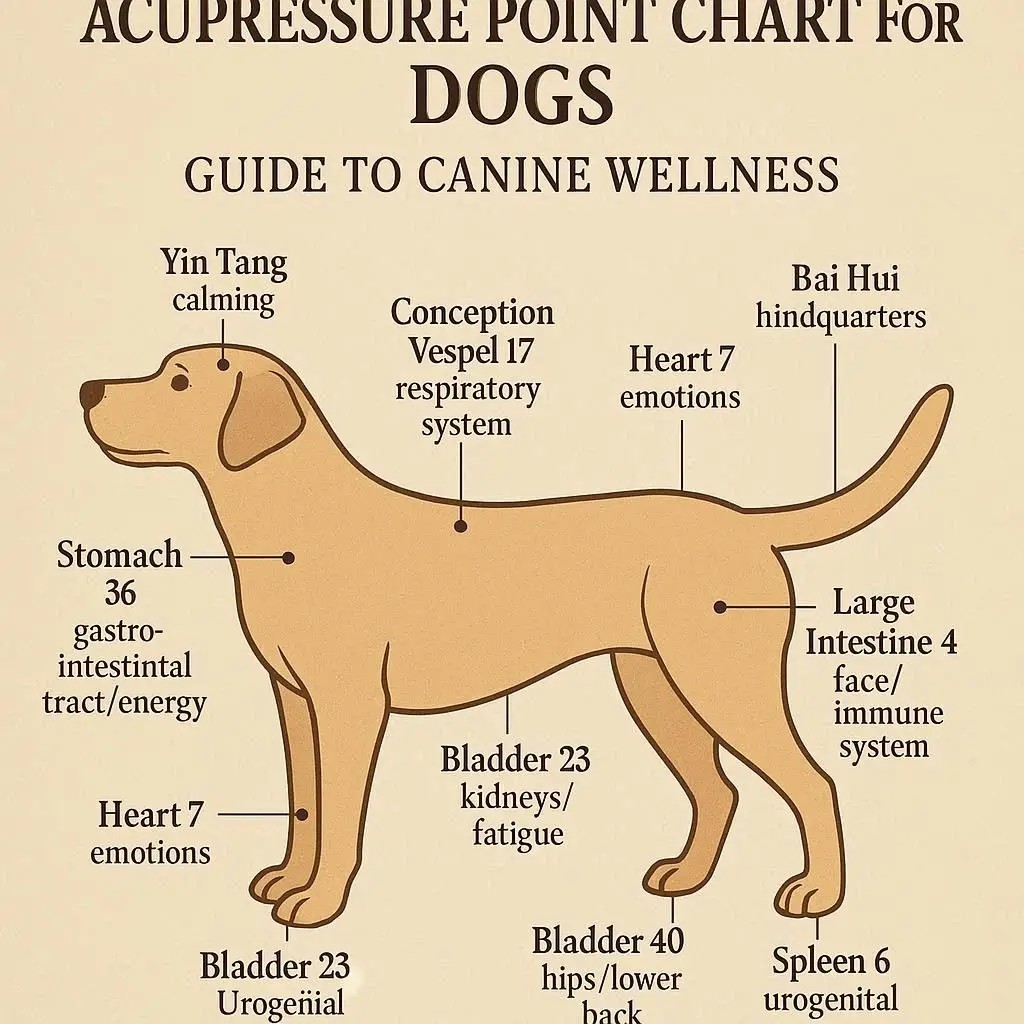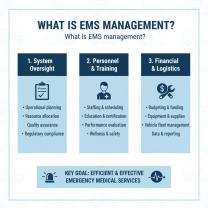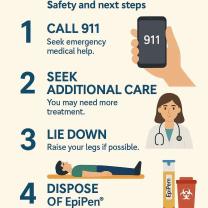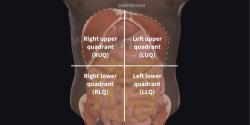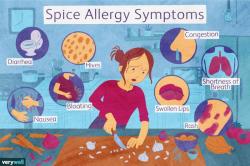What is an acupressure point chart for dogs?
Acupressure Point Chart for Dogs: Guide to Canine Wellness
Acupressure is a natural therapy that can help improve a dog’s overall health and well-being. An acupressure point chart for dogs is a visual guide that shows specific points on a dog’s body where gentle pressure can be applied to relieve pain, reduce stress, and support healing.
What is an Acupressure Point Chart for Dogs?
An acupressure point chart for dogs maps out the locations of key points on a dog’s body that correspond to different organs, muscles, and energy pathways. These points are similar to those used in traditional Chinese medicine for humans, adapted for canine anatomy.
The chart helps pet owners, veterinarians, and animal therapists identify where to apply pressure safely and effectively.
Benefits of Canine Acupressure
Pain Relief – Helps ease muscle tension, joint stiffness, and arthritis discomfort.
Stress Reduction – Promotes relaxation and reduces anxiety in dogs.
Improved Circulation – Stimulates blood flow and supports healing.
Enhanced Digestion and Organ Function – Certain points target the digestive system and other organs.
Support for Recovery – Can aid in rehabilitation after injury or surgery.
How to Use an Acupressure Point Chart
Locate the Points – Use the chart to identify the specific points related to the condition you want to address.
Apply Gentle Pressure – Use your fingers to press or massage each point for a few seconds to a minute.
Observe Your Dog – Watch for signs of relaxation or discomfort; adjust pressure as needed.
Consistency is Key – Regular sessions often provide the best results.
Safety Tips
Always consult a veterinarian before starting acupressure, especially if your dog has serious health conditions.
Avoid applying pressure to open wounds or inflamed areas.
Be gentle and patient, allowing your dog to guide the session.
Final Thoughts
An acupressure point chart for dogs is a valuable tool for promoting canine wellness naturally. By understanding where and how to apply acupressure, you can help your dog feel more relaxed, reduce pain, and support overall health. With proper guidance, this practice can be a safe and effective addition to your dog’s care routine.
Acupressure, rooted in Traditional Chinese Medicine (TCM), is a non-invasive holistic therapy that involves applying pressure to specific points on a dog's body to promote balance and healing. It's often seen as a gentler alternative or complement to acupuncture, which uses needles.
Here's a guide to understanding and applying acupressure for dogs:
Understanding Acupressure Points for Dogs
In TCM, acupressure points (acupoints) are specific locations on the body that lie along invisible energy pathways called meridians. These meridians are believed to channel "qi" (pronounced "chee"), or life energy, throughout the body. When qi flow is disrupted or imbalanced, it can lead to illness or discomfort. By applying pressure to specific acupoints, the goal is to stimulate the flow of qi, restore balance, and encourage the body's natural healing processes.
While there are numerous acupoints on a dog's body, some commonly referenced ones include:
Yin Tang: Located between the eyes, often referred to as the "third eye" point. Known for promoting relaxation and focus.
Yang Tang: Located on either side of the eyes, similar to temples, helpful for tension relief.
Bai Hui (Heaven's Gate): Located in the sacral part of the lower back, near the base of the tail. Associated with relaxation and overall well-being.
Heart-1 (Armpit): Located in the armpit where the front leg meets the body. Can induce deep relaxation.
Heart-7 (Spirit's Gate): Located on the outside of the wrist, beneficial for anxiety, nausea, and arthritic pain.
Pericardium-6 and 7: Located on the inside of the wrist, also helpful for nausea and stomach issues.
Stomach 36 (St 36): Often located on the outer hind leg, below the knee. A significant point for digestive health and general well-being.
Conception Vessel: Runs along the center of the chest and abdomen, important for digestion and centeredness.
How to Read an Acupressure Point Chart
Acupressure charts for dogs are visual guides that illustrate the location of acupoints and meridian pathways on a canine diagram. To effectively read and use a chart:
Identify Meridians: Charts typically show the 12 major meridians, along with the Governing Vessel and Conception Vessel (two "Strange Flow" channels), drawn over an anatomical representation of the dog.
Locate Points: Each acupoint is usually labeled with an abbreviation (e.g., LU for Lung, ST for Stomach, BL for Bladder) followed by a number (e.g., LU 5, ST 36). The chart will provide a detailed description of the point's exact anatomical location, often referencing bony landmarks, muscle depressions, or specific distances from other points (sometimes using "cun," a proportional unit).
Understand Point Functions: While the chart primarily shows location, accompanying resources (books, videos) will explain the specific benefits and conditions each point addresses.
Multiple Views: Good charts often provide various views (side, front, hind, top, belly) to help you accurately locate points on different parts of the dog's body. Some charts also highlight "forbidden points" for pregnant dogs.
When using a chart, it's recommended to cross-reference the visual representation with the written descriptions to ensure accurate point location.
Benefits of Canine Acupressure
Canine acupressure offers a wide range of potential benefits, often used as a complementary therapy alongside conventional veterinary care:
Pain Management: It can help alleviate both acute and chronic pain by stimulating the release of the body's natural pain-relieving substances (endorphins) and anti-inflammatory agents. This is particularly beneficial for conditions like arthritis, hip dysplasia, and muscle soreness.
Improved Circulation and Healing: By encouraging qi and blood flow, acupressure can increase oxygenation to tissues, reduce waste product accumulation, and promote faster healing of injuries.
Stress and Anxiety Reduction: Many acupoints have calming effects, helping to soothe anxious or fearful dogs, reduce hyperactivity, and promote overall relaxation.
Enhanced Digestive Function: Certain points can stimulate digestive secretions, increase blood flow to the gastrointestinal tract, and help address issues like nausea, constipation, or diarrhea.
Muscle Relaxation: Acupressure can relax tense muscles, reducing stiffness and improving mobility.
Immune System Support: By restoring energy balance, it may help strengthen the immune system.
Support for Chronic Conditions: It can be particularly helpful for dogs in poor health or those needing to reduce the reliance on certain medications due to side effects.
Improved Quality of Life: Overall, acupressure can contribute to a dog's general well-being, mood, and vitality.
Techniques for Safe Application
For safe and effective acupressure application on dogs, it's essential to follow these techniques:
Consult a Professional: Always consult with a certified veterinary acupuncturist or a veterinarian trained in TCM before attempting acupressure, especially for specific medical conditions. They can provide guidance on appropriate points and techniques for your dog's individual needs.
Create a Calm Environment: Choose a quiet, familiar, and comfortable location where your dog can relax. Start with light petting or massage to help them settle.
Use Proper Tools: Use your thumb or index finger to apply pressure. Some practitioners may use specialized acupressure tools, but fingers are generally safest for home use.
Apply Gentle, Steady Pressure:
Begin with very light pressure to gauge your dog's comfort level.
Slowly increase pressure, using a steady, straight push or a gentle circular motion.
Observe your dog's body language closely. Signs of discomfort include tensing muscles, moving away, pulling ears back, or yelping.
Reduce pressure immediately if your dog shows any signs of pain or resistance.
Hold the pressure for about 5 to 15 seconds per point, based on your dog's comfort. More is not necessarily better.
Address Tender Spots: If you find a tender spot (which might cause a slight twitch), apply gentle massaging motions to relax the muscle before attempting to hold the point with steady pressure.
Treat Both Sides: Always treat acupoints on both sides of the body to maintain balance.
Short Sessions: Keep sessions relatively short, especially when starting, typically 15-30 minutes, or as long as your dog remains relaxed and engaged.
Consistency: Regular, short sessions tend to be more effective than infrequent, long ones.
Resources and References for Dog Acupressure
For those interested in learning more about canine acupressure, several reputable resources are available:
Tallgrass Animal Acupressure Resources (
www.animalacupressure.com Elemental Acupressure (elementalacupressure.com): Offers charts (like "The Canine Meridians" and "Canine Point Summary") and micro-courses focused on canine acupressure and TCM principles.
Veterinary Professionals Trained in TCM: Seek out veterinarians who are certified in veterinary acupuncture (CVA) or Traditional Chinese Veterinary Medicine (TCVM). Organizations like the International Veterinary Acupuncture Society (IVAS) certify practitioners and can be a source for finding qualified professionals.
Online Pet Health (onlinepethealth.com): Provides educational content and resources for pet owners, sometimes including information on complementary therapies like acupressure.
Books and Guides: Many books dedicated to canine acupressure and massage can provide detailed charts, explanations of acupoints, and step-by-step application techniques.
YouTube Channels and Videos: Educational channels from certified professionals or animal wellness centers often offer practical demonstrations of acupressure techniques for common canine ailments.
Always prioritize consulting with a qualified veterinary professional to ensure acupressure is appropriate for your dog's specific health needs and to receive personalized guidance.
